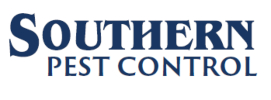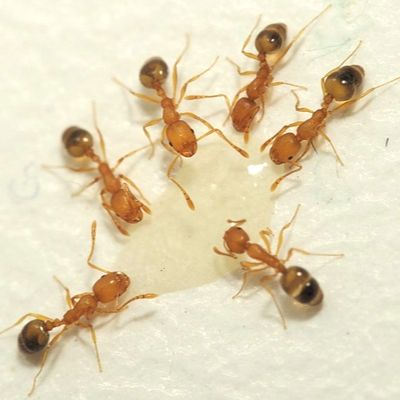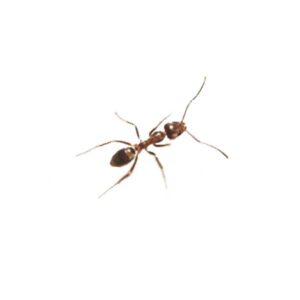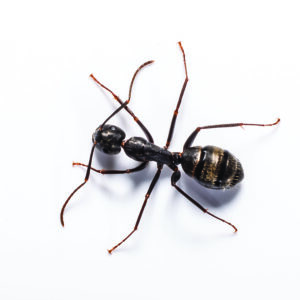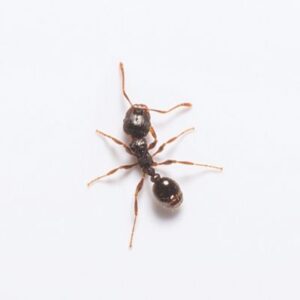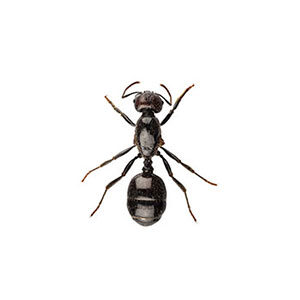Pharaoh Ants in The Mississippi Gulf Coast
One of the most persistent and difficult ants to control in the Mississippi Gulf Coast area is the Pharaoh ant. Due to their large colonies, containing up to several million workers and thousands of queens, they are challenging to eliminate. An invasive species, they outnumber native ants, forcing them out of the area. Pharaoh ant colonies can quickly split and form new colonies when disrupted. Because of their splintering ability, they can spread throughout homes and buildings rapidly. Indoors, they will nest in any well-protected areas throughout a structure, but prefer lawns and gardens outdoors.
Pharaoh Ant Habitat
Searching for food round the clock, Pharaoh ants feed on sweets, proteins, and live or dead insects. Preferring areas near moisture, nests are located near a water resource, such as sprinkler systems and evaporative cooling units. Inside homes and businesses, Pharaoh ant nests are generally located in hard-to-reach locations near moisture, such as bathrooms, kitchens, under floors, and behind baseboards. In hospitals, nursing homes, and food-processing facilities, they appear in kitchens, laundries, boiler rooms, and around heating ducts, toilets, and pipes. Pharaoh ants utilize electrical wiring and plumbing pipes to travel from room to room, which allows them to gain access throughout an entire structure.
Pharaoh Ant Behaviors, Threats, or Dangers
Although Pharaoh ants do not bite, they carry and transmit a number of dangerous pathogens to people and pets, including salmonella and streptococcus. Due to their small size, they can access almost any space, contaminating food and food prep surfaces in kitchens and cafeterias as they forage. When they invade hospitals and nursing homes, they can contaminate sterile operating rooms, surgical equipment, and recovery rooms. Furthermore, most conventional pest control treatments do not control Pharaoh ants. If a Pharaoh ant infestation is suspected, it is recommended to contact a professional ant exterminator.
Need help with Pharaoh Ant control?
We'll call you! Leave your information below.
